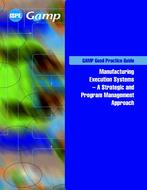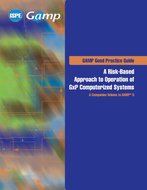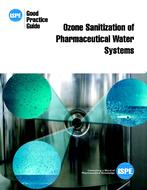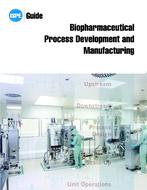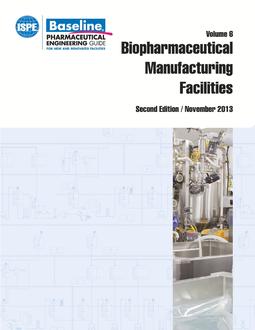Description
The Guide uses a complete lifecycle approach to the development and use of MES for regulated manufacturing as a collection or domain of manufacturing related functions that integrates business and process controls, information flow, and human interaction to facilitate the operation of an organization. It collects and integrates information and knowledge from many disciplines and sources into a single comprehensive guideline.
Computerized systems are used widely throughout healthcare manufacture as a result of the substantial automation of business processes and equipment that has occurred during the 1980s and 1990s. This automation typically has occurred in an incremental system-by-system approach, over an extended period of time, which has left many organizations with islands of automation and little or no strategy for systems integration.
A traditional view of Manufacturing Execution Systems (MES) is of computerized systems designed to integrate with and extend the capabilities of other systems, e.g., by providing Recipe Management for process control equipment. The true potential of manufacturing execution lies in the integration of capabilities and functionality of systems through a well designed MES Domain, which can provide benefits, such as reduced cost, faster turnaround, and improved quality, through elimination of redundant data entry, transcription errors, etc.
This Guide uses the framework of GAMP 5, (Reference 5, Appendix 14), as a complete life cycle approach to the development and use of MES for regulated manufacturing. GAMP 5 provides a framework to:
Product Details
- Published:
- 02/01/2010
- ISBN(s):
- 1931879753
- Number of Pages:
- 144
- File Size:
- 1 file , 5.8 MB

